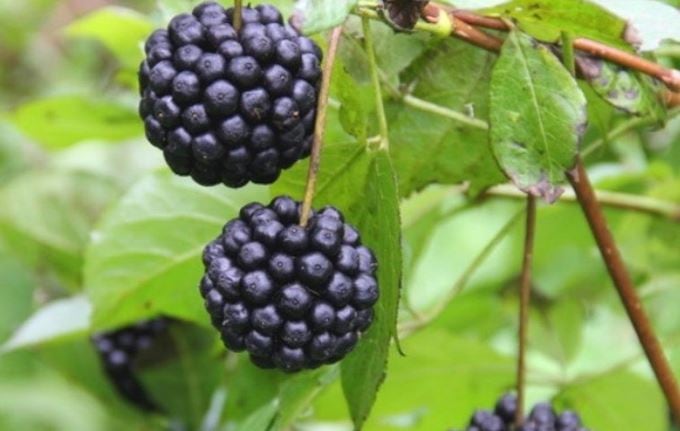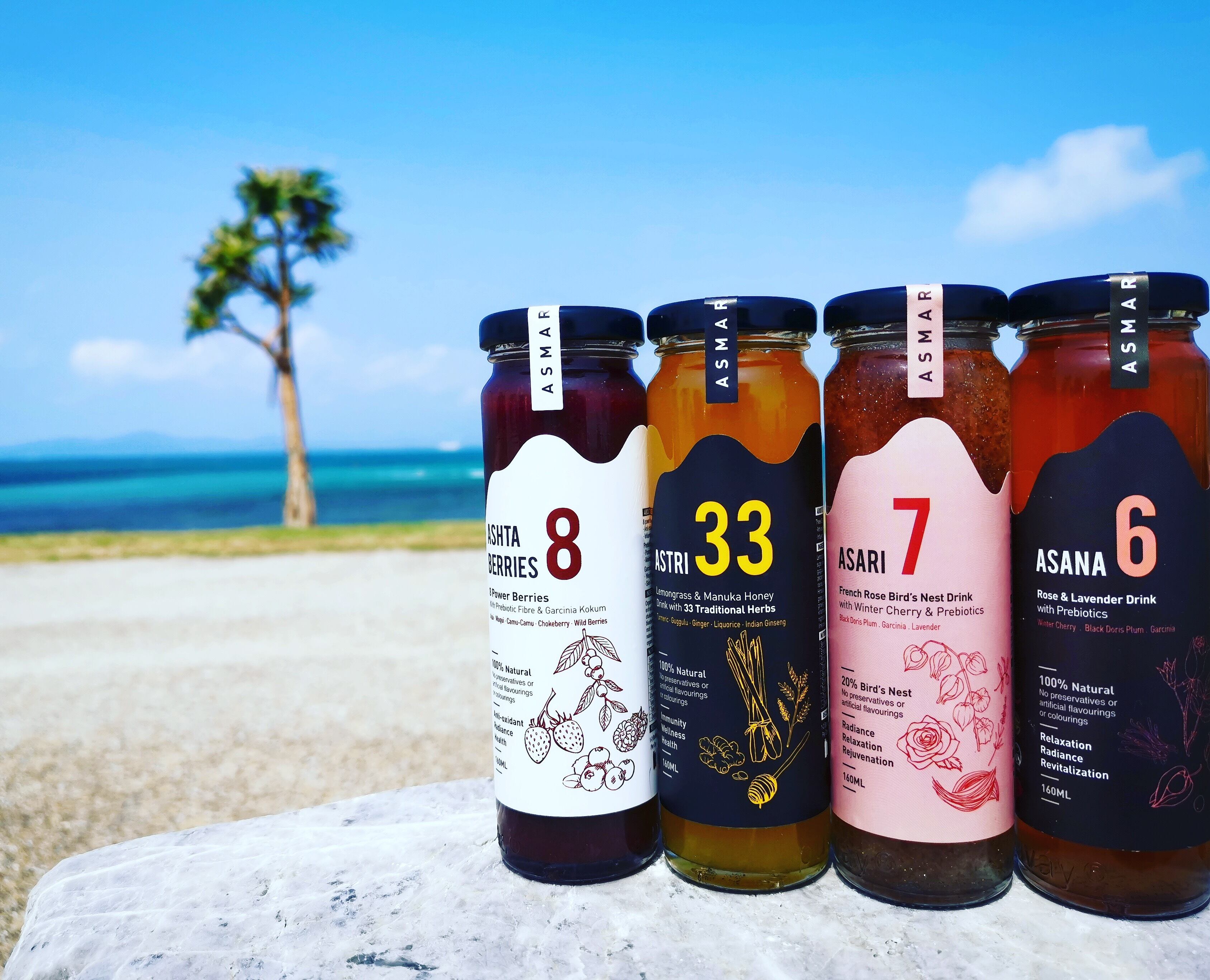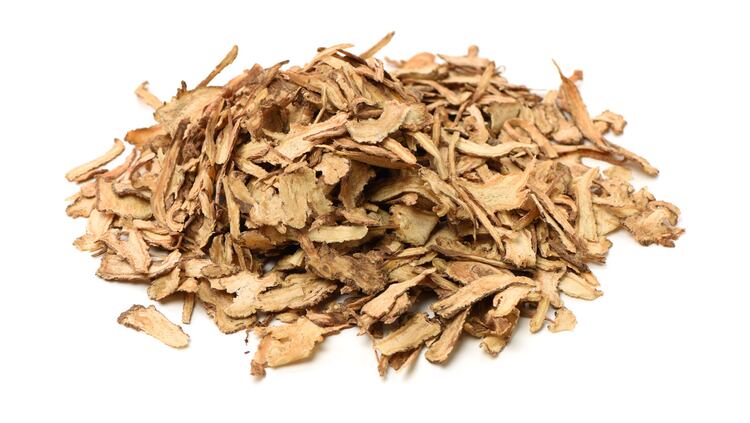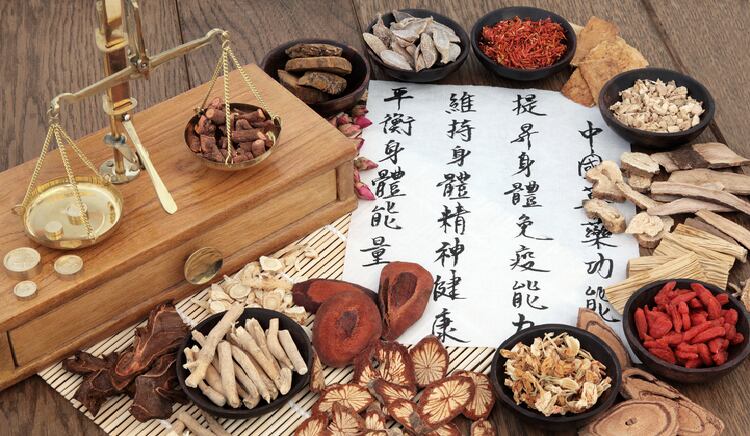Oral administration of Eleutherococcus senticosus (ES) extract in mice was previously reported to enhance object recognition memory while Drynaria fortunei (DR) extract was reported to enhance memory function and ameliorate Alzheimer’s disease pathology.
In this study conducted by researchers in Japan, a combination of water extracts from the leaves of ES and rhizomes/stems of DR helped improve recall and anxiety scores.
The leaves of E. senticosus, also known as Siberian ginseng is commonly consumed as tea, soup, and wine. Its roots and rhizomes are used in Chinese and Japanese culture to treat hypertension, chronic coughing, and ischemic heart disease.
The dried rhizomes of D. fortunei, also known as drynariae rhizoma, is a widely distributed traditional medicine in China, Korea, and Japan where it is reported to tonify the kidneys, strengthen bones, and promote the healing of fractures.
Now the combined treatment of ES and DR extracts appears to safely enhance some cognitive functions in healthy adults.
Study design
Researchers conducted a placebo-controlled, randomised, double-blind study with 21 healthy subjects between 40 to 80 years old.
The subjects were allocated into two groups, placebo and treatment (ES + DR extracts). Both groups underwent cognition and stress tests. Blood tests were also conducted to assess liver and renal function and blood sugar and lipid levels for safety assessment.
ES extract was prepared by Tokiwa Phytochemical Co with fresh leaves of E. senticosus purchased from China. Active compounds in the extract included ciwujianoside C3 (1.33%), eleutheroside M (6.29%), and ciwujianoside B (0.95%).
For the DR extract, the water extract of D. fortunei was purchased from BGG Japan Co. The content of naringin in the extract was 22.3%. Naringin is metabolised to naringenin in the body after oral administration.
Each capsule contained 67.67 mg of ES extract, 6.67 mg of DR extract, 44.46 mg crystal cellulose, and 1.20 mg calcium stearate.
Subjects were tasked to consume three capsules daily, for 12 weeks. This meant those in the treatment group ingested 203 mg of ES extract and 20 mg of DR extract daily.
Placebo capsules contained 118.8 mg crystal cellulose and 1.20 mg calcium stearate.
Cognitive measures
The Japanese version of the Repeatable Battery for the Assessment of Neuropsychological Status (RBANS) test was used for neurocognitive assessment, as the primary outcome.
The test was used to measure multiple cognitive function domains including immediate memory (list learning and story memory), visuospatial/constructional (figure copy and line orientation), language (picture naming and semantic fluency), attention (digit span and digit symbol coding), and delayed memory (list recall, list recognition, story recall, and figure recall).
For measuring stress responses, the public health research foundation stress checklist short form (PHRF-SCL) was used. This test evaluated four factors: autonomic symptoms, tiredness/physical responses, anxiety/uncertainty, depression/feeling of insufficiency.
Findings
The combined treatment of ES and DR extracts significantly increased (p = 0.045) figure recall subscore compared to the placebo group.
In the anti-stress response, although no significant change was seen between groups, anxiety scores were significantly reduced in the treatment group post administration (p = 0.022).
Researchers said this was the first study to show the potential of combined water extracts of ES and DR in enhancing cognitive function in healthy human adults without any adverse effects.
“In our previous studies, ciwujianoside C3, eleutheroside M and ciwujianoside B were identified as transferred compounds in the brain of mice after the intake of ES extract. These compounds helped enhance memory function in normal mice and increased dendrite densities of cultures cortical neurons. Those effects might also be related to cognitive enhancement in humans, as shown in this study,
“Our previous study indicated that only naringenin and its glucuronides penetrated the brain after oral administration of DR extract. Naringenin itself enhanced memory function and axonal density in Alzheimer’s model mice. Naringenin directly binds to CRMP2 and ameliorates abnormal phosphorylation of CRMP2 in neurons, resulting in axonal growth. Efficacy of DR extract in humans, shown in this study, might be due to CRMP2 regulation,” they explained.
Taken together, ES and DR extract may cooperate against neuropsychological function with different signal pathways.
Researchers acknowledged several limitations in their study. “We enrolled a 43–79 years sample of Asian adults, and therefore our results might not be generalisable to other populations.”
The small sample size and lack of data on daily dietary intake and physical activity levels also contributed to the limitations of the findings.
Source: Nutrients
https://doi.org/10.3390/nu12020303
“Combined Treatment with Two Water Extracts of Eleutherococcus senticosus Leaf and Rhizome of Drynaria fortunei Enhances Cognitive Function: A Placebo-Controlled, Randomized, Double-Blind Study in Healthy Adults”
Authors: Chihiro Tohda, et al.
We will be shining the spotlight on the extensive food, nutrition and beverage opportunities that are being created by the region’s rapidly ageing population, and a growing interest in health and wellness across the board, at our Healthy Ageing APAC Summit in Singapore this July. Find out more here.




